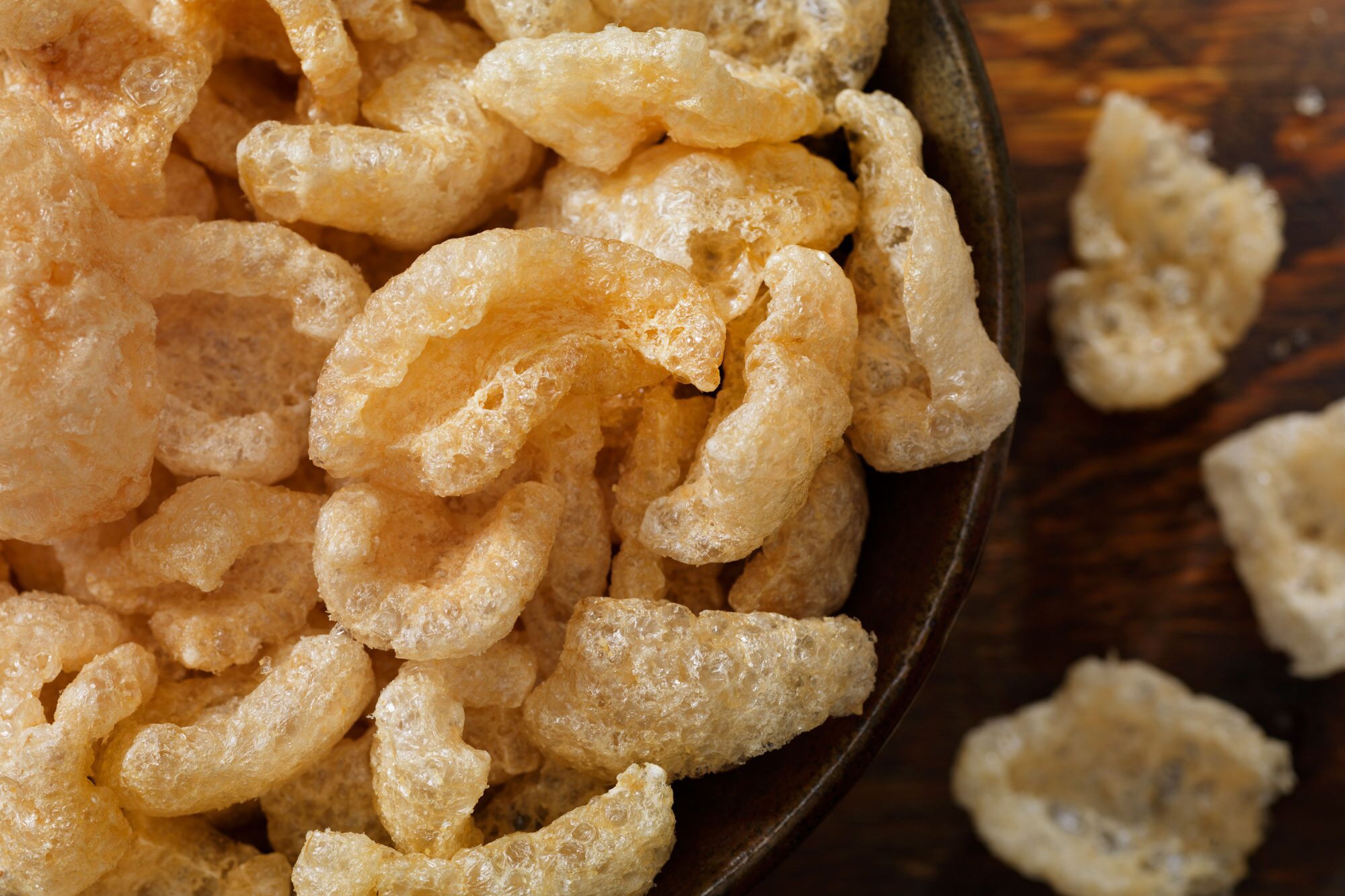What exactly are casket girls? The filles à la cassette (“women with suitcases”) traveled to French colonies in America. They arrived in the New World with a trunk, or cassette, containing their belongings. The word “cassette” morphed into “casquette” over time, and that translaed to “casket”. History recorded these women as “casket” girls. The filles à la cassette were some of the original “mothers” of New Orleans. Here’s their story.
Legends:
“Caskets” conjure up images quite different from a suitcase of dresses and petticoats these woman were known to carry on the long voyage to New Orleans. These suitcases were relatively small, so that the women could carry them without assistance. Many of the photos of “original” cassettes stretch this concept, literally, so that the suitcases appear to be large enough to carry a body.
By the time the storytellers told the tale of these women, their suitcases took on a new perspective. Why did young women bring “caskets” to the new world? Did their luggage contain more than petticoats? Paranormal Fiction writers love old New Orleans. The city’s mix of Catholicism and voudon set in a location influenced by Africans, French, Spanish, British, and Asian is nirvana for writers. It’s natural for writers to run with this and tell vampire tales.
Most of the vampire-themed stories centering on the filles focus on two things: the caskets and the convent. Perhaps one of the most interesting legends relating to vampires are the stories about the third floor of the 1751 convent building. The legend is that the third floor was sealed off. The windows were permanently shuttered. While some stories say those shutters were nailed down with nails blessed by a pope, Pope John Paul II was the first pontiff to visit New Orleans in 1987. One might assume these nails were brought to Rome for blessing, then shipped across the Atlantic. In spite of the holes in the stories, many are still fun to read. Don’t pass up the opportunity to visit the Old Ursuline Convent to decide for yourself. In the meantime, here’s a little history about the casket girls.
History of the casket girls:
The founders of New Orleans were explorers, trappers, and traders who established encampments along the lower part of the Mississippi River. The French established three main outposts along the Gulf Coast: Mobile, Biloxi, and later, New Orleans. Because the early explorers were mostly male, Catholic priests in the region became concerned that, without wives, the future of Christian evangelism in the French territory was at risk. They turned to bishops and mayors of French port cities, who gladly agreed to empty their jails and brothels. This was essentially “transportation” of “undesirable” women.
These women did not make good domestic partners for the colonial men. The priests sought an alternative plan. They asked King Louis IV for assistance. The King tasked the Bishop of Québec with appealing to convents and orphanages in France. They sought out young women who they could contract to come to the colonies. The bishop’s expectation was that virtuous women from the convents to be good candidates for marriage. The “casket girls” were contracted to be wives of men in the colonies.
Most of the Casket Girls didn’t see much of their spouses. French women used to working in convents and orphanages now took charge of households. The men of the colony in the 1720s-1730s were fur trappers and traders. The trappers spent long periods away from home, collecting the merchandise they sold for export. The traders took manufactured goods from Europe to the farms, plantations, and outposts for sale.
The climate of the colony also required a good bit of adjustment for these women. The weather was hot and the clothing they brought from France was likely wrong for the climate. They adapted to the city as they established households and raised children.
Source: https://gonola.com













